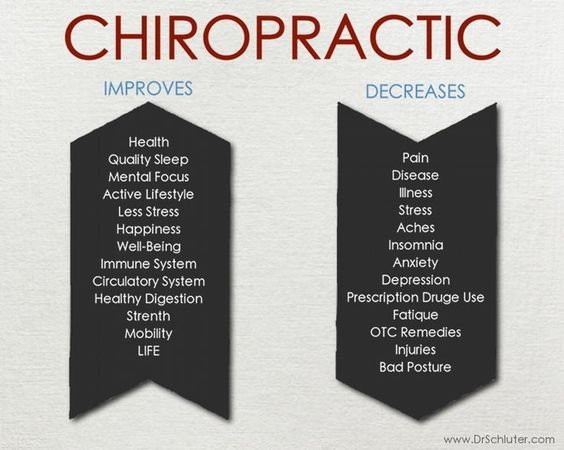Just When You Assume Alleviation Is Near, Soft Tissue Therapy Discloses Its Awkward Truths-- Find Why The Procedure Can Be Agonizing Yet Useful
Just When You Assume Alleviation Is Near, Soft Tissue Therapy Discloses Its Awkward Truths-- Find Why The Procedure Can Be Agonizing Yet Useful
Blog Article
Short Article Author-Carstens Lundgaard
When you undertake soft Tissue treatment, you could locate it surprisingly unpleasant. This pain occurs as pressure is related to stressful muscular tissues and broken tissues, activating your pain receptors. While it can feel distressing in the moment, there's a reason behind this sensation. Understanding what happens in your body throughout these treatments can assist you value the procedure. So, what exactly is going on below the surface area?
The Physiology of Discomfort During Soft Tissue Therapy
When you go through soft Tissue therapy, your body's reaction to pain is a complicated interaction of physiological processes. As the specialist uses stress, your body turns on discomfort receptors, sending signals to your brain. This sets off the launch of neurotransmitters, such as material P and glutamate, which magnify the feeling of pain.
https://goodchiropractornearme49382.blogproducer.com/39979714/soft-tissue-treatment-for-professional-athletes-increase-your-efficiency may also tighten in response, more complicating the experience. In addition, your body may release endorphins, all-natural medicines that can aid alleviate some pain.
The communication between these procedures can develop an one-of-a-kind experience for each and every person. Comprehending this physical action assists you navigate the experiences throughout therapy, permitting you to value the balance between discomfort and the capacity for recovery benefits.
The Role of Discomfort in the Recovery Process
Although discomfort throughout soft Tissue therapy can really feel overwhelming, it plays an essential role in the recovery process. When you experience pain, your body is indicating that it's working to fix damaged cells. This response helps boost blood flow to the affected location, supplying essential nutrients and oxygen required for recovery.
Furthermore, pain can advertise the launch of endorphins, your body's all-natural pain relievers, developing a feeling of relief post-treatment. Accepting this discomfort can aid you comprehend your body's limits and urge you to attend to underlying problems.
While magnesium glycinate shop , this procedure is important for lasting healing and enhanced function. Identifying pain as an essential part of recovery can encourage you to remain devoted to your therapy.
Tips for Managing Pain Throughout and After Therapy
Taking care of pain during and after soft Tissue treatment can substantially improve your overall experience and recovery.
To start, interact openly with your therapist about your discomfort levels; they can readjust methods as necessary. Utilizing deep breathing techniques can likewise assist you loosen up and alleviate discomfort.
Take into consideration using ice to the treated location post-session to reduce swelling and numb soreness. Staying hydrated help in the recovery process, so consume plenty of water.
Gentle stretching and light motion after treatment can promote blood circulation and ease stiffness. Finally, ensure you obtain ample rest to allow your body to recover.
Implementing these pointers can make your soft Tissue therapy a lot more manageable and pleasurable.
Conclusion
Finally, while soft Tissue treatment can be uncomfortable, it's essential to identify that this pain plays an essential duty in your healing trip. By understanding the physiological responses at play, you can approach the therapy with an extra favorable state of mind. Keep in mind, the first pain typically paves the way to alleviation as your body launches endorphins. Welcome visit the following internet site , and don't hesitate to use the pointers for handling pain to improve your experience and recuperation.
